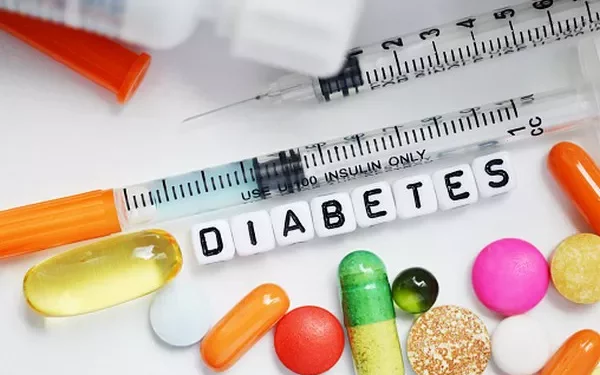New research has unveiled a troubling link between diabetes and the rise of antibiotic-resistant infections, revealing that elevated blood sugar levels contribute to the rapid spread of superbugs. This phenomenon complicates treatment efforts and poses a growing threat to public health.
Diabetes and Antibiotic Resistance: A Dangerous Connection
Diabetes mellitus (DM) currently affects approximately 530 million people worldwide, with projections suggesting that cases will rise to 1.3 billion by 2050. Individuals with diabetes face a heightened risk of severe skin and soft tissue infections (SSTIs), which are notoriously difficult to treat, even with antibiotics.
A recent study published in Science Advances examines how diabetes fosters antimicrobial resistance (AMR), particularly in Staphylococcus aureus (S. aureus)-related SSTIs.
How Diabetes Fuels Infections
Glucose serves as a primary energy source for many bacterial pathogens, and excess blood sugar creates an ideal environment for bacterial growth and virulence. Among diabetic patients, S. aureus thrives, leading to hypervirulent infections that spread aggressively due to compromised immunity and poor vascularization. In severe cases, these infections necessitate amputation.
As a result, diabetic patients receive antibiotics more frequently, with studies showing a 60% increase in prescriptions for lower respiratory infections in this group. However, overuse of antibiotics contributes to AMR, a major global health crisis responsible for over four million deaths in 2019. Experts warn that this number could surge to 10 million annually by 2050.
Study Insights: Antibiotic Resistance in Diabetic Mice
Researchers explored the link between diabetes and AMR by inducing diabetes in mice and infecting them with methicillin-resistant S. aureus (MRSA). The mice were then treated with rifampicin, an antibiotic known for rapid resistance development through mutations in the rpoB gene.
After four days of treatment, rifampicin-resistant (Rif-R) bacteria were significantly more prevalent in diabetic mice than in non-diabetic ones. Infected diabetic mice developed 100,000 times more Rif-R bacterial colonies than their healthy counterparts, demonstrating a clear association between diabetes and accelerated antibiotic resistance.
Diabetes Fuels Resistant Bacteria Growth
Once resistant strains emerged, they quickly became the dominant infection in diabetic mice within five days, while non-diabetic mice showed no such shift. The study confirmed that diabetes does not necessarily increase the rate of genetic mutations but provides an abundant glucose supply that supports bacterial replication. This expanded bacterial population increases the likelihood of mutations under antibiotic pressure.
Vancomycin Resistance and Diabetes
The study also examined vancomycin-resistant S. aureus (VISA), a less virulent strain that often arises from vancomycin-sensitive S. aureus (VSSA). Among diabetic patients, VISA infections are three times more common. While VISA exhibited low reproductive fitness in healthy mice, it caused significantly larger lesions in diabetic mice, further proving that diabetes promotes the survival and expansion of antibiotic-resistant strains.
Encouragingly, insulin therapy in diabetic mice reduced the prevalence of antibiotic-resistant S. aureus, highlighting the potential of blood sugar control in mitigating resistance development.
Implications for Public Health
This study underscores the urgent need for targeted antimicrobial strategies to combat rising antibiotic resistance in diabetic patients. As diabetes prevalence surges worldwide, its role in fostering drug-resistant infections could become a critical challenge for healthcare systems. Effective blood sugar management and prudent antibiotic use will be vital in addressing this emerging crisis.
Related topics:
Study Reveals Link Between Zinc and Reduced Risk of Type 2 Diabetes and Fatty Liver Disease
New Research Offers Hope for Preventing Peripheral Neuropathy in Diabetes
Semaglutide Shows Promise in Reducing Alcohol Cravings, New Study Finds


























